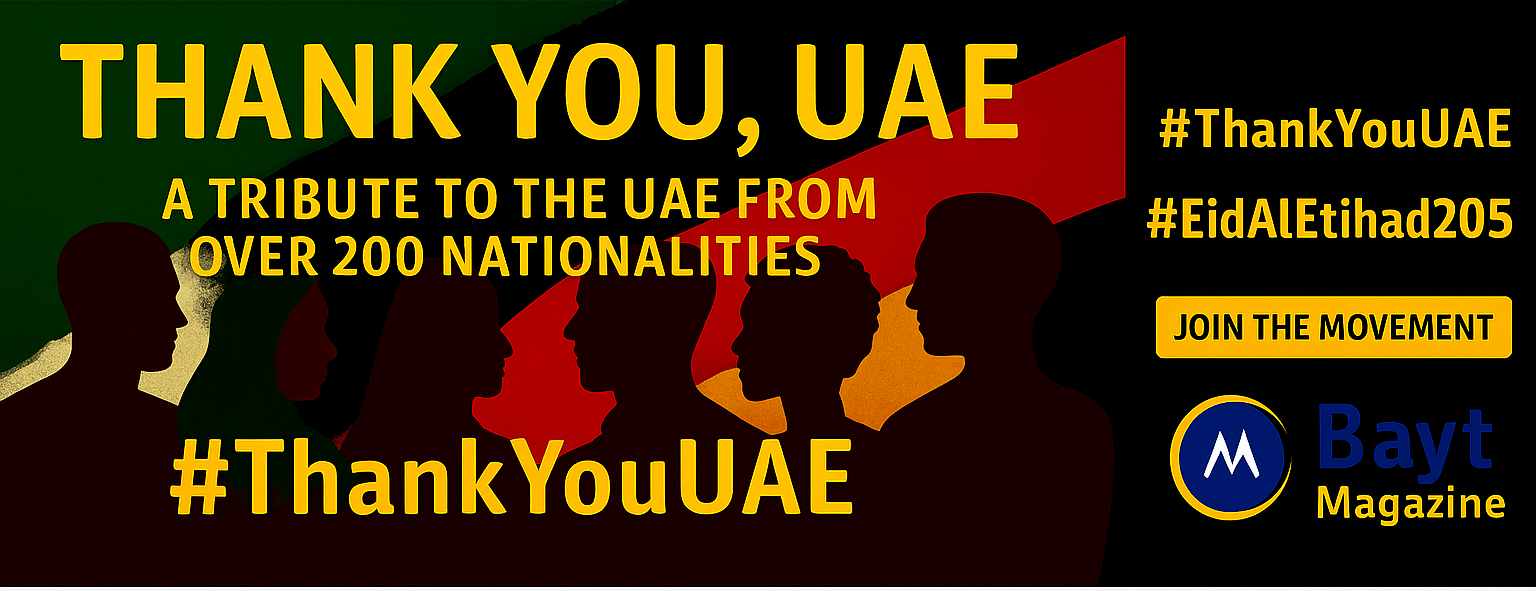
Saudi Housing Market Soars to $33bn Peak in 2025
The Saudi real estate market is booming right now. Real estate transactions reached SR123.8 billion in H1-2025, with housing making up 63% of this value. The saudi real estate sector remains strong, as residential deals jumped 7% from last year to 93,700 transactions worth SR77.5 billion. Madinah leads the pack with residential property values climbing 49% to SAR 3.4 billion compared to last year.
The market’s strength goes beyond just property sales. Banks and financial institutions gave out SAR 27.8 billion (US$ 7.4 billion) in home loans during 2025’s first quarter. This represents a 25.6% increase from the previous year. Current and planned investments in Saudi Arabia’s real estate sector have reached SR180 billion ($48 billion). These numbers across different market indicators show how resilient the sector is and point to more growth ahead.
Madinah Leads Housing Boom with 49% Growth
Image Source: The Saudi Boom
Madinah leads Saudi Arabia’s residential market with an impressive 49% jump in transaction values. The holy city reached SAR 3.4 billion in the first half of 2025. Transaction volumes shot up by 38% that indicates strong investor confidence and high demand from end-users.
The city’s real estate world is changing rapidly through government-backed programs. The Rua Al Madinah project will bring new hotels, cultural landmarks, and smooth transit connections. These changes will raise the urban experience and support tourism and economic growth goals set in Saudi Vision 2030.
Knight Frank, a real estate consultancy, tracks about 17,200 new homes that will be ready by the end of 2026. This addition will push the city’s total housing stock to 367,030 units. The expansion lines up with the kingdom’s focus to meet housing needs in major urban areas.
Several factors drive Madinah’s booming real estate sector:
- More mortgage activity across the kingdom
- Government support programs for homeownership
- New housing in key urban spots
- Rising appeal to residents and pilgrims
So, Madinah shows how targeted development programs can stimulate substantial growth in Saudi Arabia’s regional real estate markets.
Riyadh and Jeddah Show Diverging Trends
Image Source: Real Estate Saudi
Saudi Arabia’s capital and coastal cities show different real estate patterns in 2025. Riyadh’s market has cooled down with a 31% drop in transactions year-on-year, while values fell by 20% to SR29bn. Property prices keep climbing though, and apartment prices went up by 10.6% to SR6,175 per square meter.
The areas close to the new Riyadh Metro are booming. Al Taawun’s prices shot up 32% to SR9,470 per square meter. King Abdullah District saw a 17% jump to SR7,656 per square meter. This new metro system keeps pushing property values higher across the capital.
Jeddah tells a different story as its real estate market picks up speed. The city saw 19% more transactions, and total values rose 28% to SR17.3bn. Price growth stays modest though, with apartment prices up 2.7% to SR4,324 per square meter and villa prices climbing 3.2% to SR5,040 per square meter.
These two markets follow separate paths. Riyadh’s apartment prices have jumped 75% since 2020, while Jeddah saw just a 14% increase. On top of that, Jeddah’s new communities like Roshn’s Al-Arous attract buyers who want coastal lifestyle developments.
Foreign Ownership Law Set to Reshape Real Estate Saudi Arabia
Image Source: Hammer Mindset
Saudi Arabia made history with its groundbreaking ‘Law on Non-Saudis Ownership of Real Estate’ in July 2025. Starting January 2026, foreign buyers and companies can purchase property in specific zones throughout Saudi Arabia. This new law removes previous restrictions that limited international investment in Saudi’s real estate market.
The government will open major cities like Riyadh and Jeddah to foreign buyers. Even Makkah and Madinah’s holy cities, which had strict ownership rules, will now allow some foreign investment with extra regulations. This bold move aligns perfectly with Vision 2030’s goal to boost foreign investment.
Wealthy investors who have religious, cultural, or business connections to Saudi Arabia are the first to take advantage of this opportunity. The Premium Residency program requires a SAR 4 million investment (about USD 3.67 million) and has seen remarkable success with 40,000 applications in just 18 months.
Saudi Arabia’s Real Estate General Authority will oversee the implementation and might set a 5% transfer fee cap for non-Saudi property sellers. Commercial projects may need a minimum capital of SAR 30 million. This reform will revolutionize foreign direct investment in Saudi Arabia’s real estate sector and could reshape the market for generations.
Saudi Arabia’s housing market shows strong performance with real estate deals hitting SR123.8 billion in the first half of 2025. Residential deals went up by 7% compared to last year. This shows strong consumer confidence even with economic challenges in the region. Cities all over the kingdom show different growth trends that make the national real estate scene stronger.
Madinah leads the pack with a 49% growth rate. The city benefits by a lot from government projects like the Rua Al Madinah project. Riyadh’s market is finding its natural balance after several years of rapid growth. Property values near new infrastructure projects keep going up. Jeddah has gained new momentum as property deals rose 19%. The city’s coastal developments have caught serious investor interest.
The new “Law on Non-Saudis Ownership of Real Estate” will change how the market works from January 2026. This key law fits perfectly with Vision 2030’s goals and could help discover the full potential of foreign investment in areas that were off-limits before. The Premium Residency program has shown good results with more than 40,000 people applying.
Saudi Arabia’s real estate sector looks ready for steady growth ahead. Government backing, better infrastructure, and new rules create good conditions for local and foreign investors. The kingdom moves forward to become a competitive global real estate market while meeting its growing population’s housing needs.




